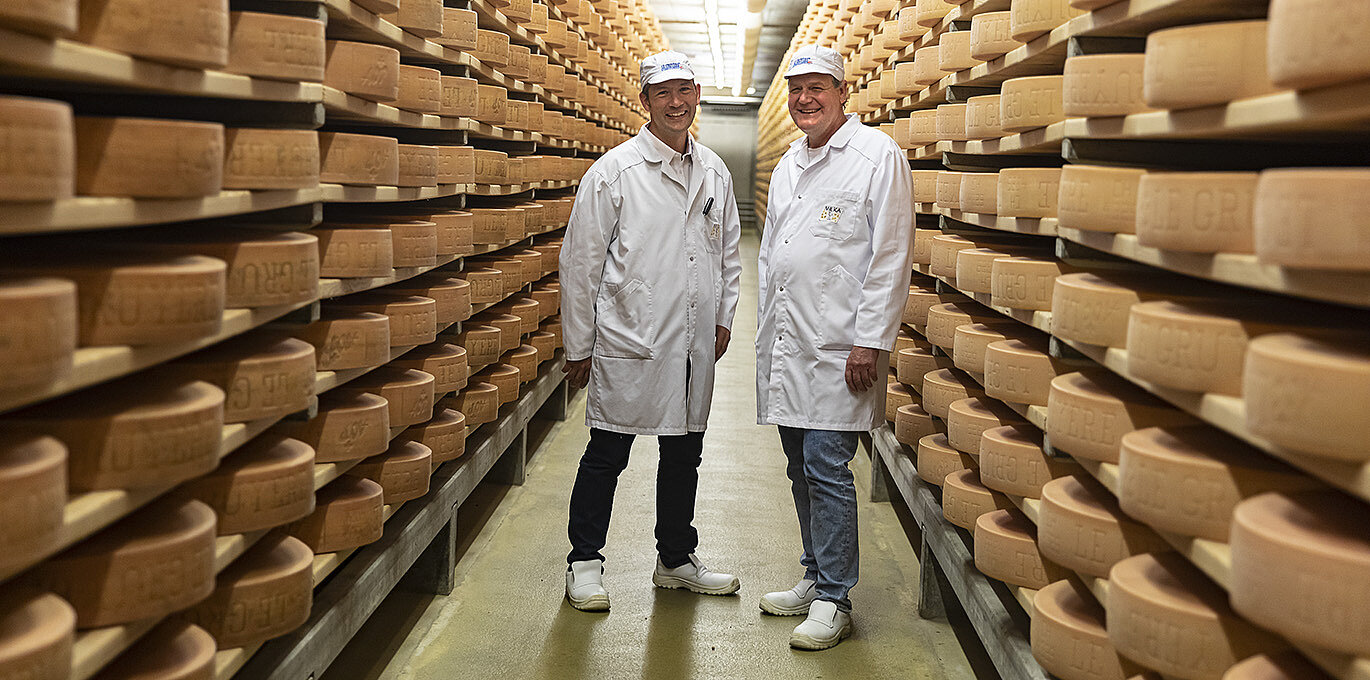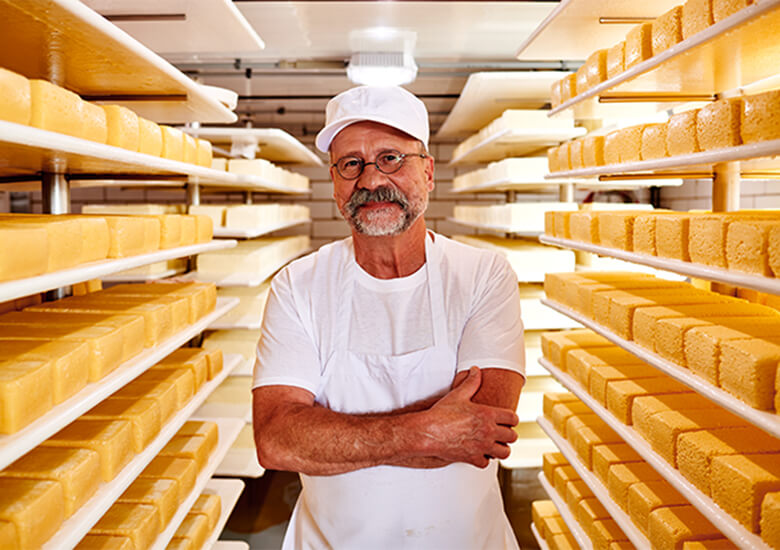Fulfill the Cheese Makers Melbourne Trusts: The Heritage of Floridia Cheese Thomastown
Fulfill the Cheese Makers Melbourne Trusts: The Heritage of Floridia Cheese Thomastown
Blog Article
Unlocking the Tricks of Artisanal Cheese Making: A Detailed DIY Guide
In the world of cooking craftsmanship, artisanal cheese making stands as a testimony to the fragile balance between custom and technology. Each step in the procedure, from picking the ideal milk to developing aging techniques, holds within it a riches of expertise gave via generations. As we embark on this journey to demystify the art of developing exquisite cheeses, we are faced with a tapestry of skills and tricks waiting to be deciphered. Join us as we check out the ins and outs of this old craft, where art, perseverance, and scientific research merge to produce flavors that tantalize the senses.
Picking the Right Milk
When getting started on the trip of artisanal cheese making, the choice of milk plays an important function in identifying the quality and qualities of the end product. The sort of milk selected affects the flavor, appearance, and on the whole account of the cheese. Raw milk, straight from the pet, is liked by lots of artisanal cheesemakers because of its unique mix of enzymes, germs, and flavor compounds. Nevertheless, using raw milk comes with regulations and risks, making pasteurized milk a more secure option for newbies.
When picking milk for cheese production, it is important to take into consideration the fat content. Greater fat content in milk can lead to a creamier and richer cheese, while reduced fat content might result in a drier and firmer appearance. Additionally, the resource of the milk, whether from cows, goats, lamb, or buffalo, contributes unique tastes and characteristics to celebrity (Floridia Cheese Thomastown). Each sort of milk brings its own subtleties, enabling a large range of cheese selections to be crafted based on the selected milk. Inevitably, the selection of milk is an essential choice that establishes the foundation for a successful artisanal cheese-making venture.
Culturing and Coagulating
To initiate the cheese-making procedure, the critical steps of culturing and coagulating must be carefully executed to change milk right into curds and whey. The type of culture used can dramatically influence the taste, structure, and ripening of the final cheese item.

The timing and temperature level control during culturing and coagulation are important variables that influence the last result of the cheese. Appropriate execution of these actions is vital to guarantee the desired structure, flavor, and uniformity of the artisanal cheese being produced.
Draining Pipes and Pressing Curds
After the milk healthy proteins have coagulated and the curds have actually been reduced to launch whey, the following vital action in artisanal cheese making involves draining and pushing the curds to achieve the preferred structure and uniformity of the last cheese item. The time for draining can vary depending on the type of cheese being made and the wanted moisture material.
Pushing assists get rid of any type of remaining whey and compacts the curds to develop a solid cheese wheel. Proper pushing and draining pipes are vital actions that substantially affect the high quality and attributes of the artisanal cheese being created.
Aging and Flavoring Techniques
Executing meticulous aging and flavoring strategies is essential in improving the deepness and intricacy of artisanal cheeses, raising their taste profiles to exquisite degrees of refinement and class. Aging plays a crucial duty in creating the unique tastes and structures that differentiate artisanal cheeses. During the aging procedure, cheeses are kept in thoroughly regulated atmospheres where aspects such as humidity, temperature level, and airflow are adjusted to encourage the development of useful mold and mildews and bacteria. This regulated setting permits the cheese to grow slowly, creating complicated scents and abundant flavors.
Flavoring methods additionally contribute dramatically to the final taste of artisanal cheeses. Cheesemakers may pick to present additional flavors by integrating active ingredients such as herbs, spices, or even fruits into the cheese throughout the manufacturing process. Additionally, some cheeses are cleaned or scrubed with various fluids, such as brine or alcohol, to boost their structures and flavors.
Wrapping and Saving Cheeses

Verdict
To conclude, understanding the art of artisanal cheese making includes very carefully selecting the ideal milk, following exact culturing and coagulating procedures, draining and pushing curds effectively, and using numerous aging and flavoring methods. By following these steps faithfully and with attention to detail, you can produce your very own delicious and special cheeses in the house. Remember to wrap and keep your cheeses properly to guarantee optimum flavor and structure growth. Happy cheese making!
Each kind of milk try this site brings its very own subtleties, enabling for a large variety of cheese varieties to be crafted based on the chosen milk.After the milk proteins have coagulated and the curds have been cut to release whey, the next essential step in artisanal cheese making involves draining pipes and pushing the curds to accomplish the preferred structure and consistency of the final cheese item. The majority of cheeses need to be covered in wax paper or cheese paper to enable them to breathe while safeguarding them from drying out. For cheeses that need to continue aging, such as bloomy peels or cleaned skins, ensure they are stored in a cool environment like a cheese cavern or a fridge set to the appropriate temperature. By paying focus to the covering and storage of artisanal cheeses, cheese manufacturers and fanatics can protect the integrity of these specials and completely enjoy their intricate flavors.
Report this page